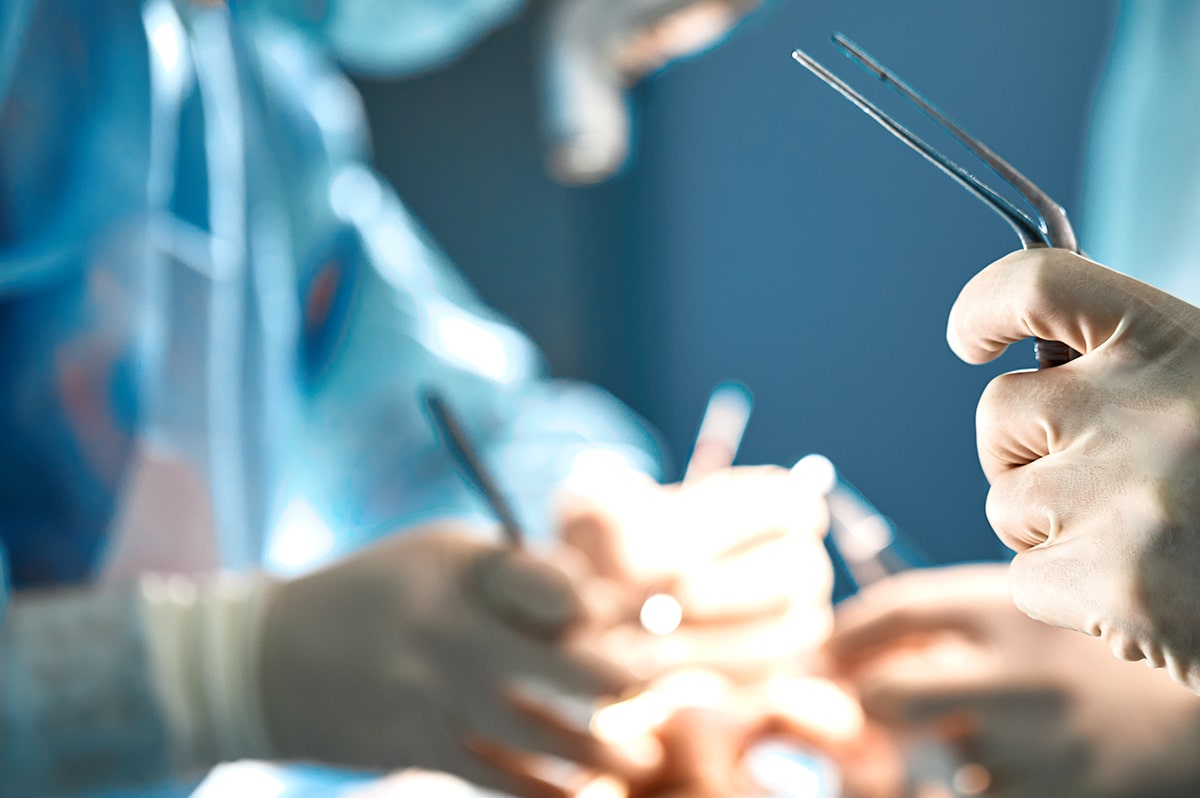What is a fusion prostate biopsy?
Fusion biopsy is a new and modern way to diagnose prostate cancer. It is called "fusion" because the method merges the use of MRI images and ultrasonography. Thanks to this symbiosis, the initial stage of prostate cancer is easily detected and examined.
The combination of the two imaging modalities allows to distinguish suspicious atypia cells from healthy tissue, as well as to refine the biopsy site more precisely. Using the method, specialists can view the images in 2D and 3D before and after the procedure.
Before the procedure, patients undergo an MRI of the prostate to identify suspicious areas. Then, under ultrasound control, a biopsy of the previously targeted area is performed. During the biopsy, the ultrasound image is fused with the MRI image, minimizing errors and omissions from the biopsy.
What is the difference with a classic biopsy?
A classic biopsy uses only an ultrasound image to target suspicious areas of the prostate for sampling. However, the capabilities of ultrasonography are limited and it is often impossible to detect cancer through it, which sets the stage for missing the affected area and obtaining a false-negative result.
In such cases, specialists require MRI of the area in question, since the resolution and capabilities of the method are greater. However, with MRI, we cannot observe the area while the biopsy is being performed.
Fusion biopsy comes to show the merging of the positive qualities of both methods by means of special software. In this way, the previously detected MRI area is punctured under sonographic control. After analysis of the results, the presence of prostate cancer can be categorically confirmed or rejected.
When is fusion biopsy recommended?
- In patients with elevated prostate-specific antigen (PSA) levels
- In patients with a previous negative standard biopsy but with a persistent or increasing PSA
- Patients with a positive rectal examination but a negative standard transrectal biopsy
Is fusion biopsy painful?
The procedure is performed under light sedation, which minimizes unpleasant sensations.
You may experience mild discomfort for up to 48 hours after the procedure, as well as mild swelling and bleeding from the rectum, which resolves within 2 days.
During this time, it is recommended to perform light motor activities without excessive exertion.
How long does the procedure take?
The biopsy takes between 45 and 60 minutes. It can be done with two visits to the hospital. On the first visit, an MRI of the prostate is done. A radiology specialist identifies the problem areas. On the second visit, along with the transrectal ultrasound, the biopsy itself is performed. On the day of the biopsy, it is a good idea to limit food and drink consumption. One hour before the procedure, drinking two glasses of water will help the specialist to see the prostate gland better.
The patient remains under observation for several hours in an inpatient ward, after which he can go home.
Advantages of fusion biopsy:
- accurate assessment of suspicious areas in the prostate needing further evaluation;
- less amount of tissue samples needed;
- less pain and minimized risk of infection and contamination;
- shorter recovery period;
- accurate and definite result



